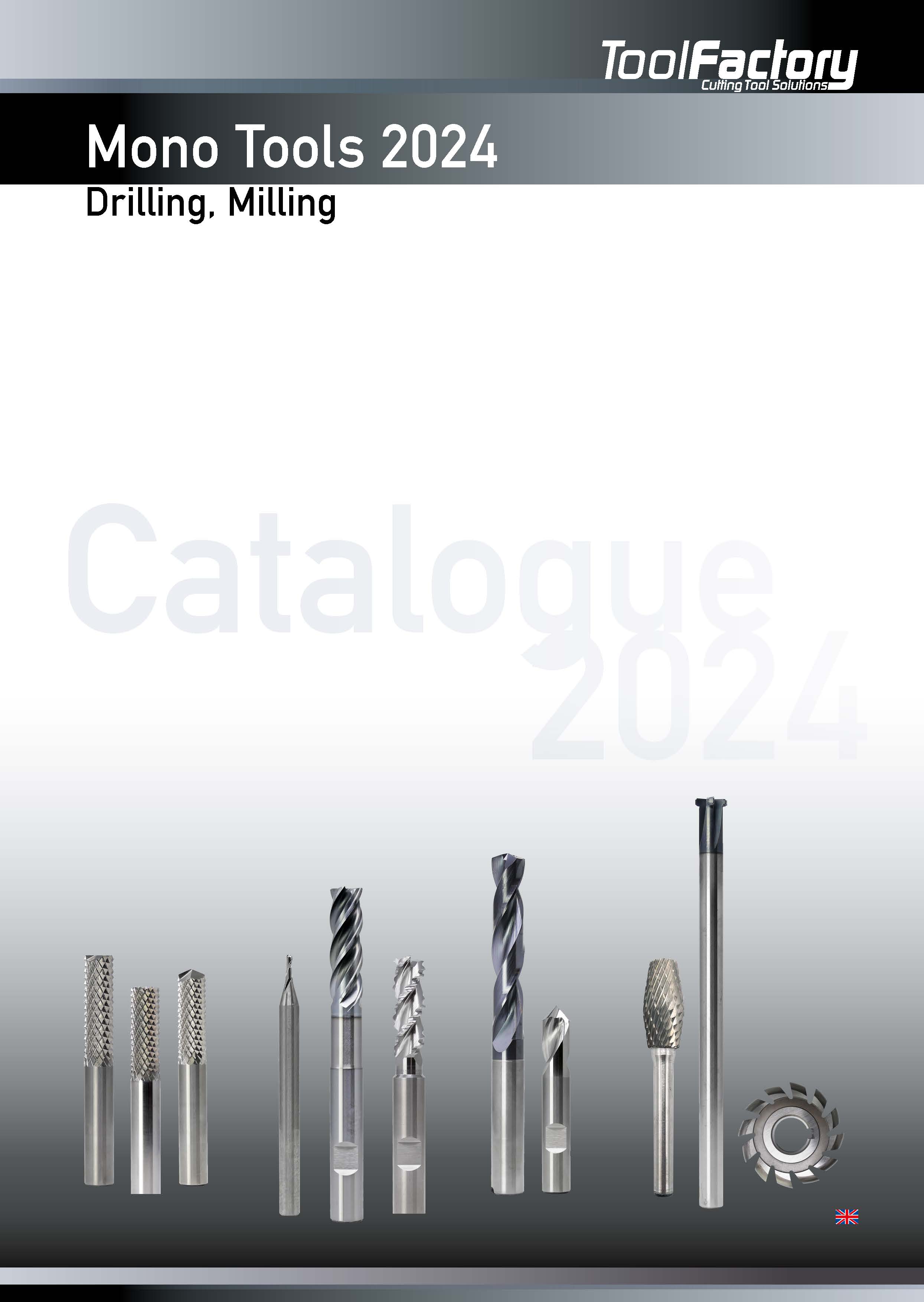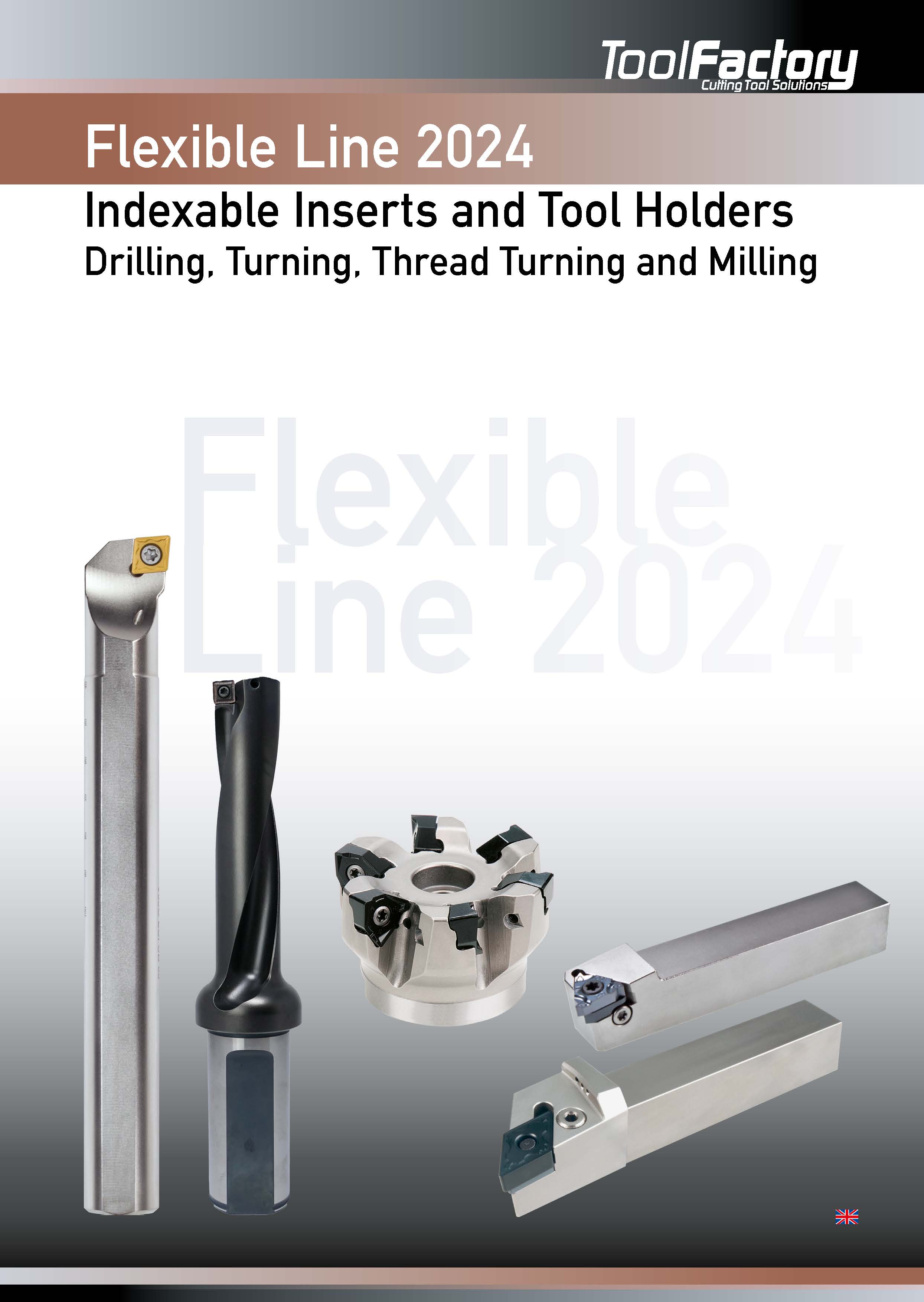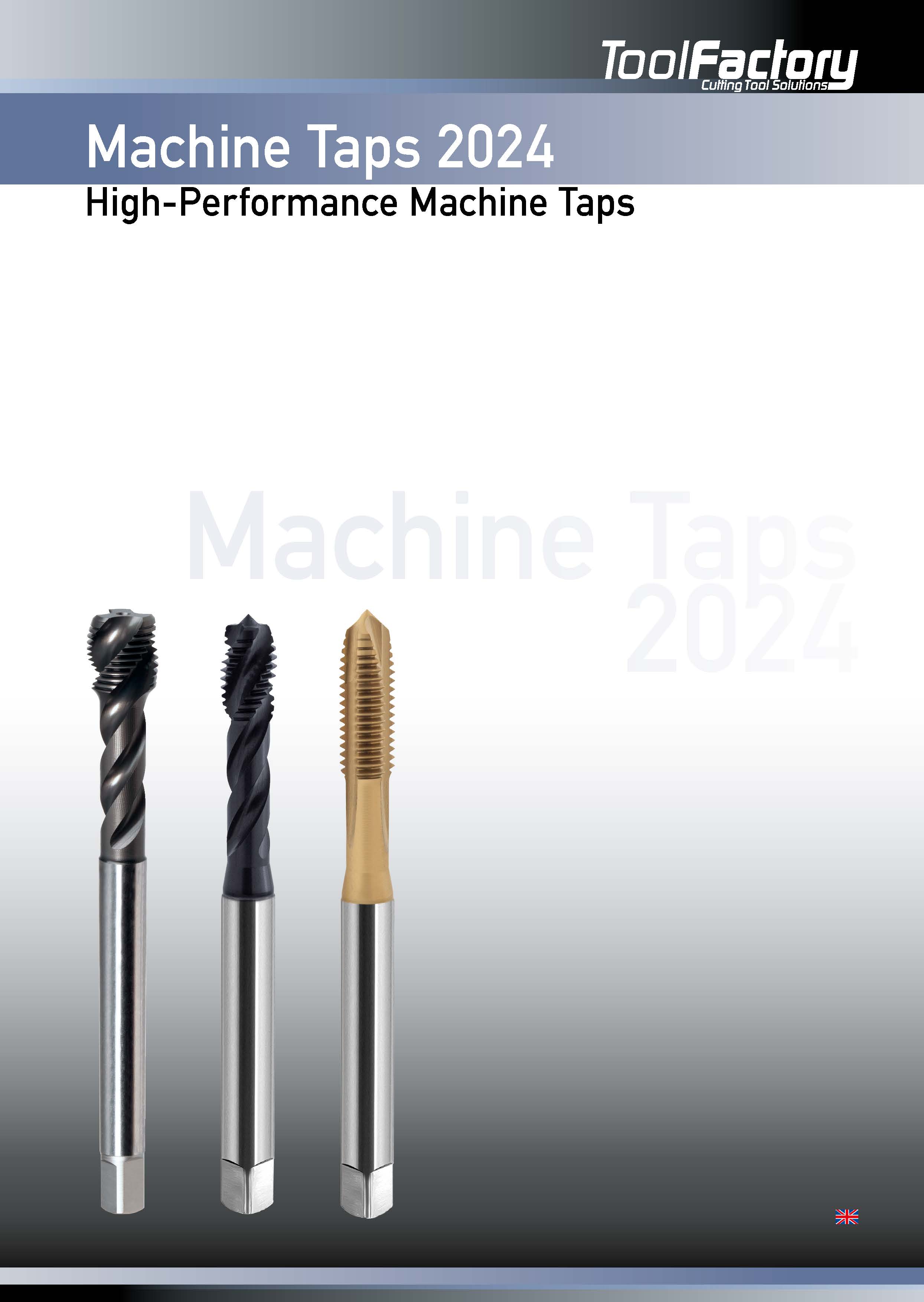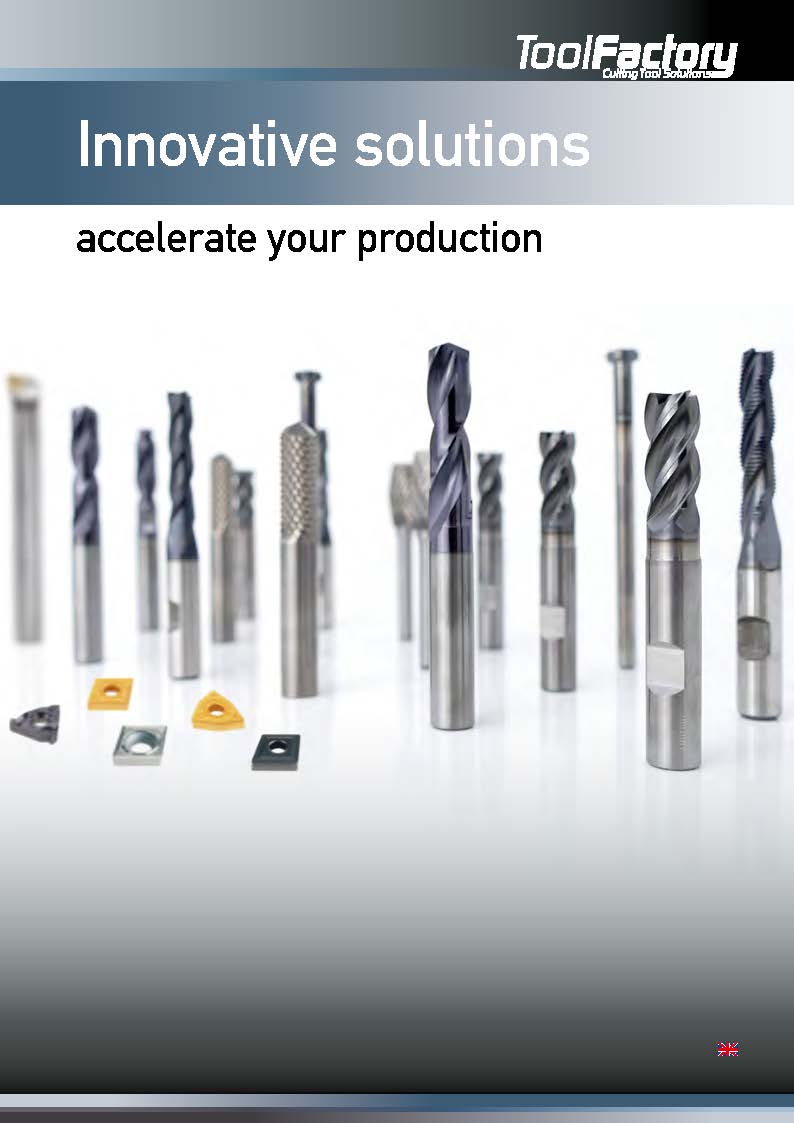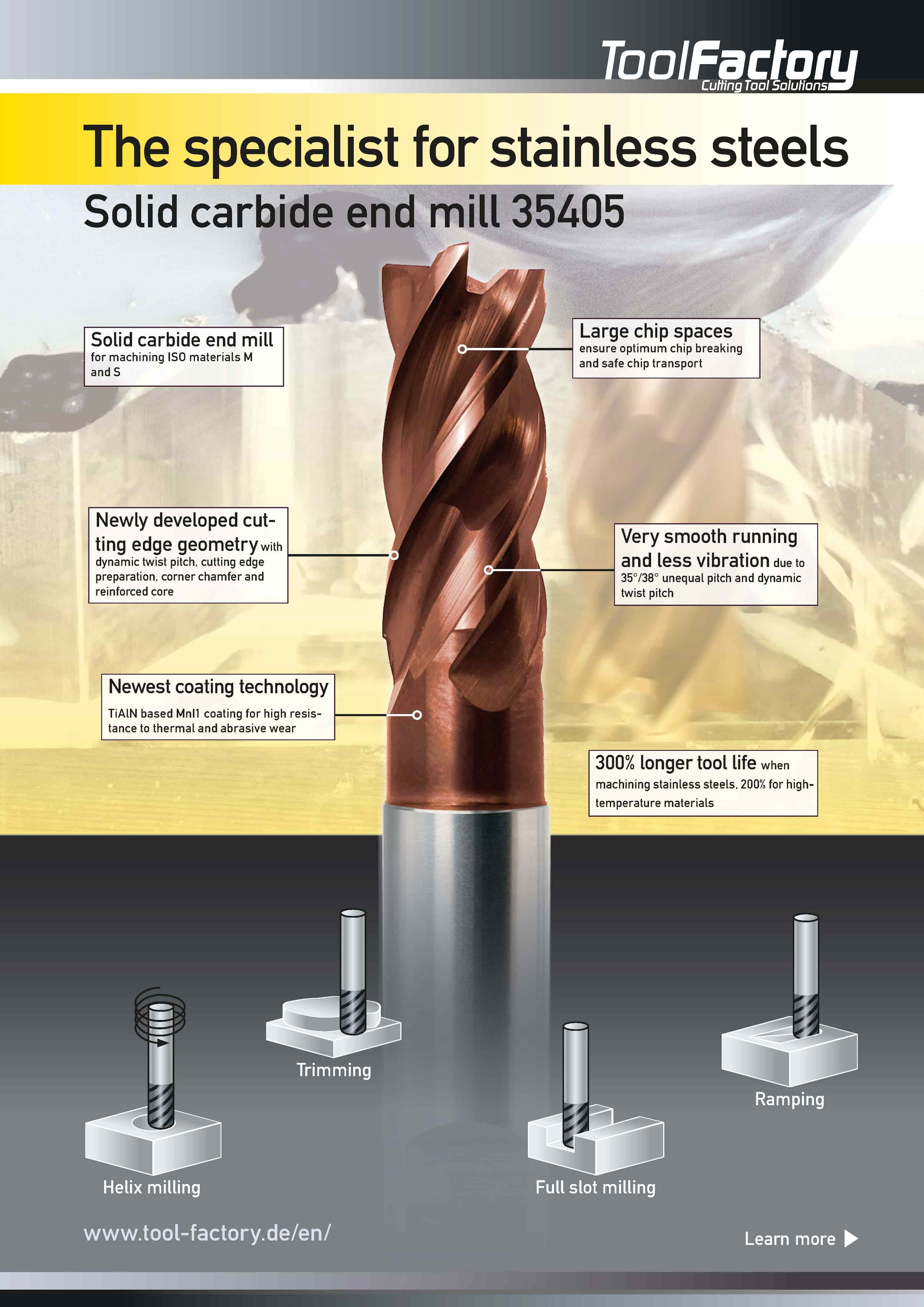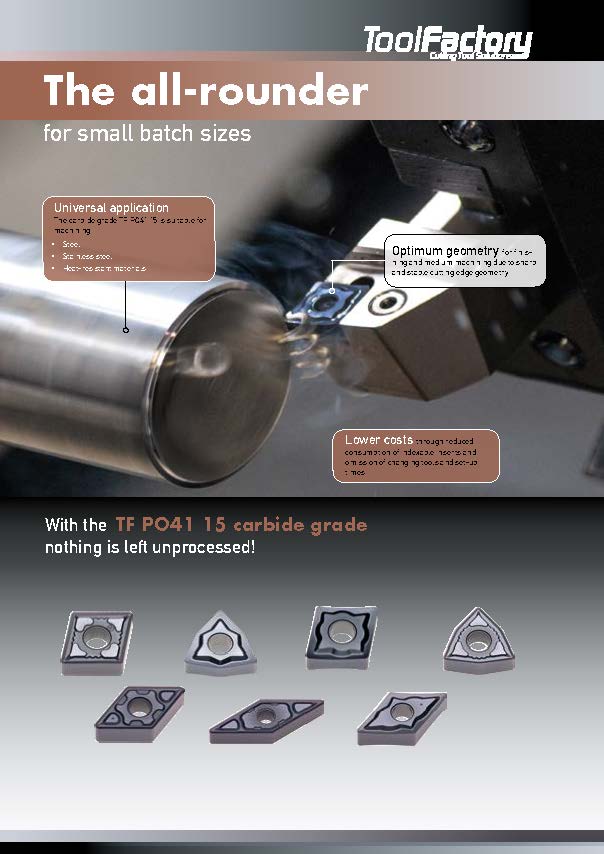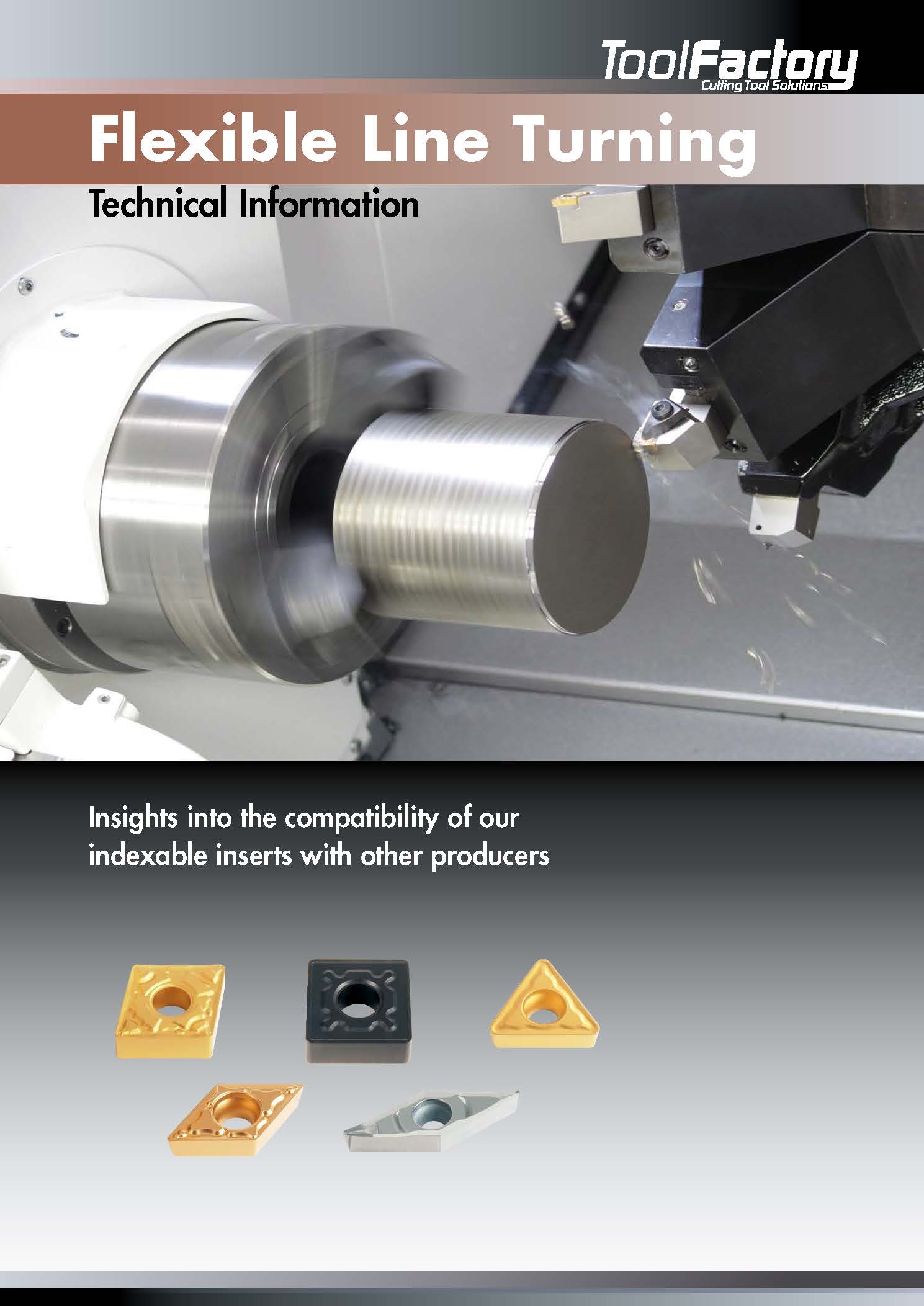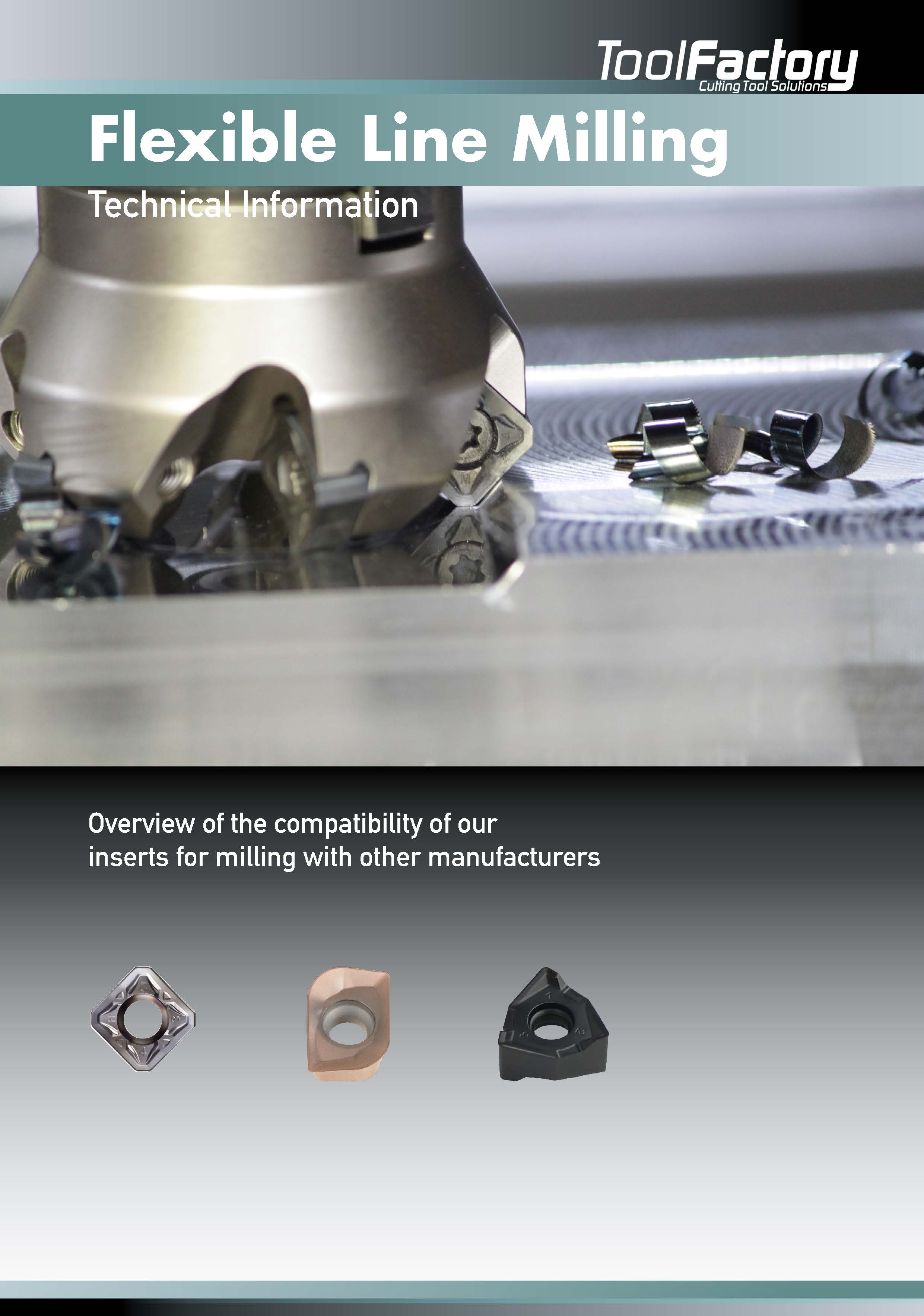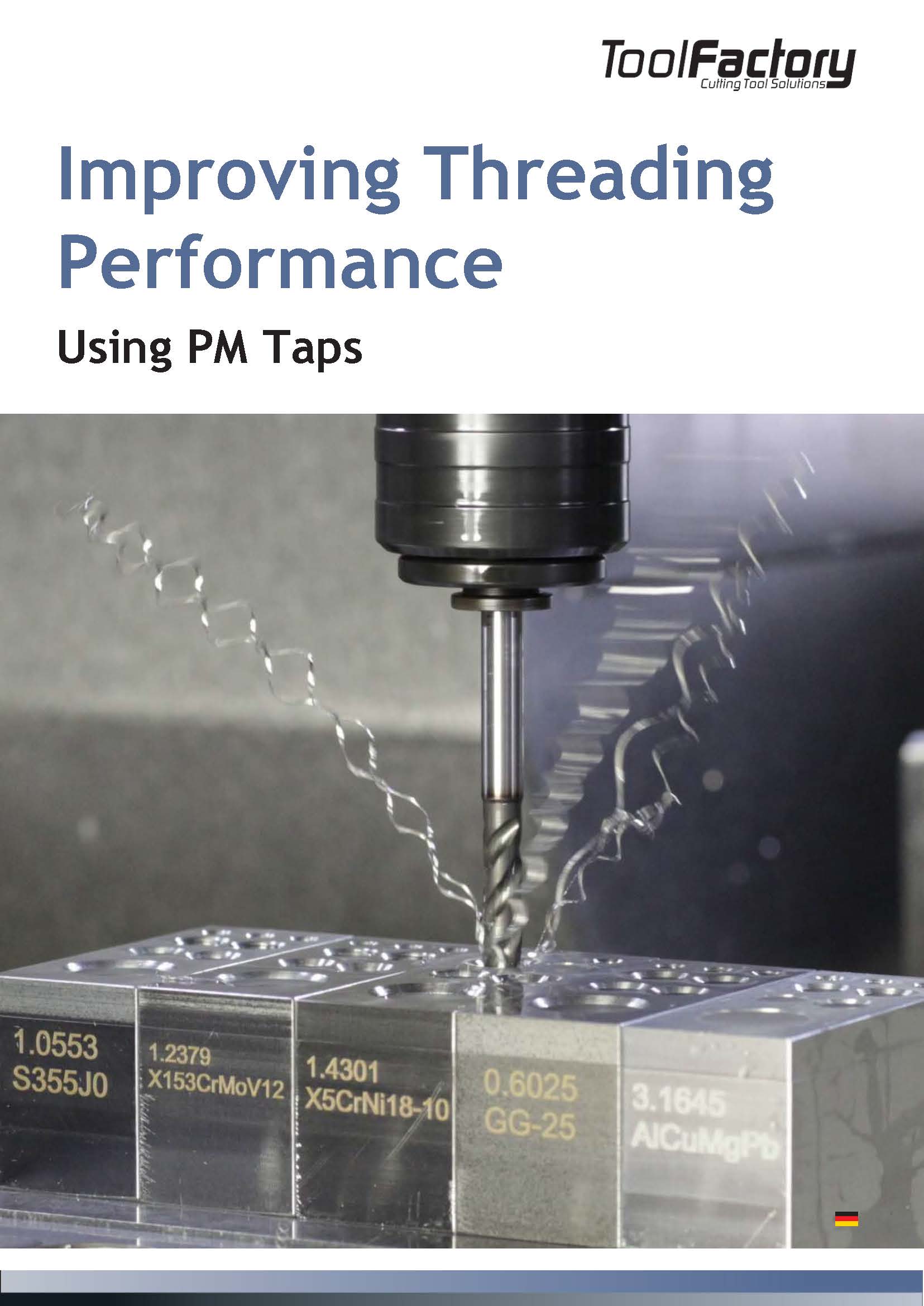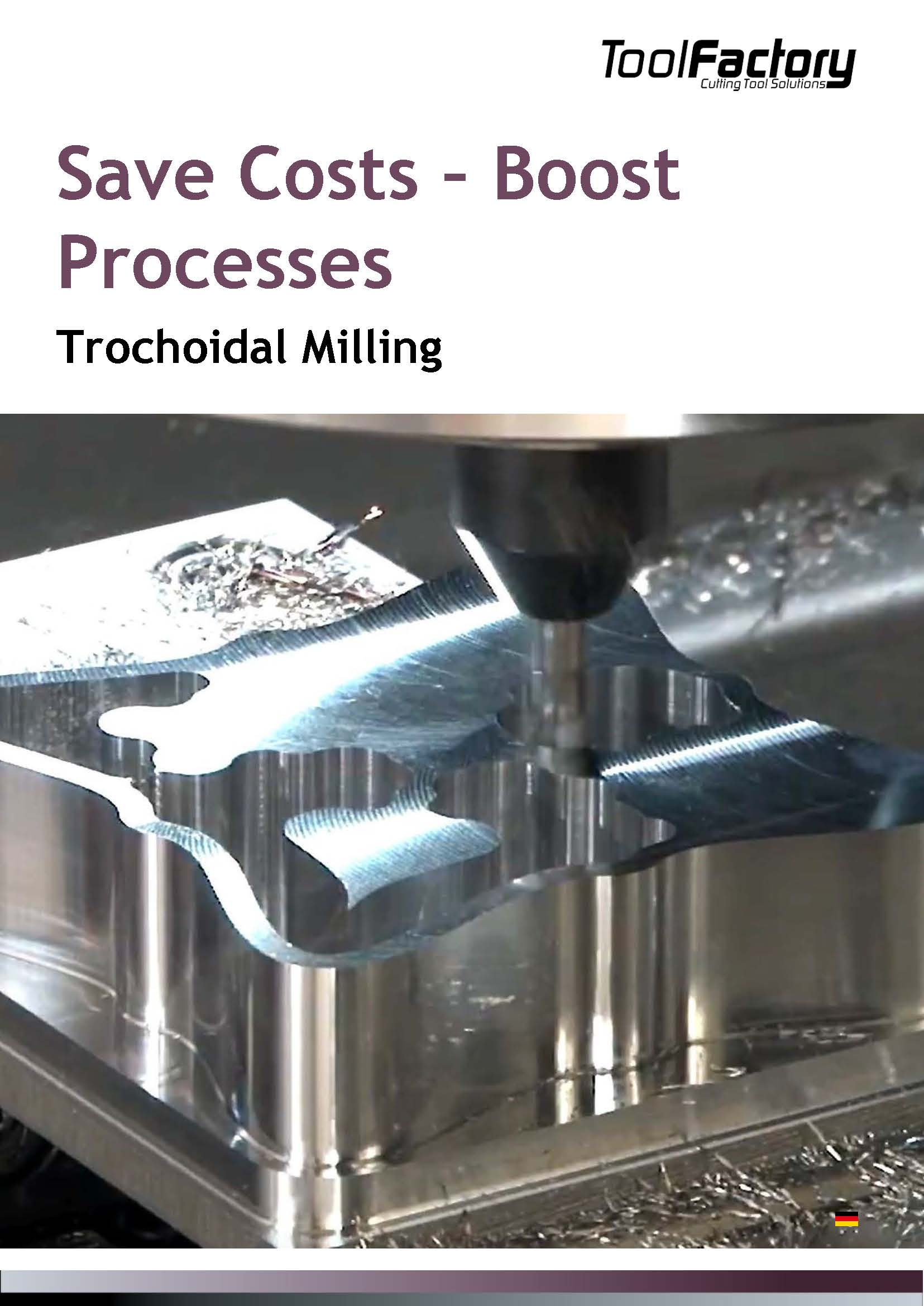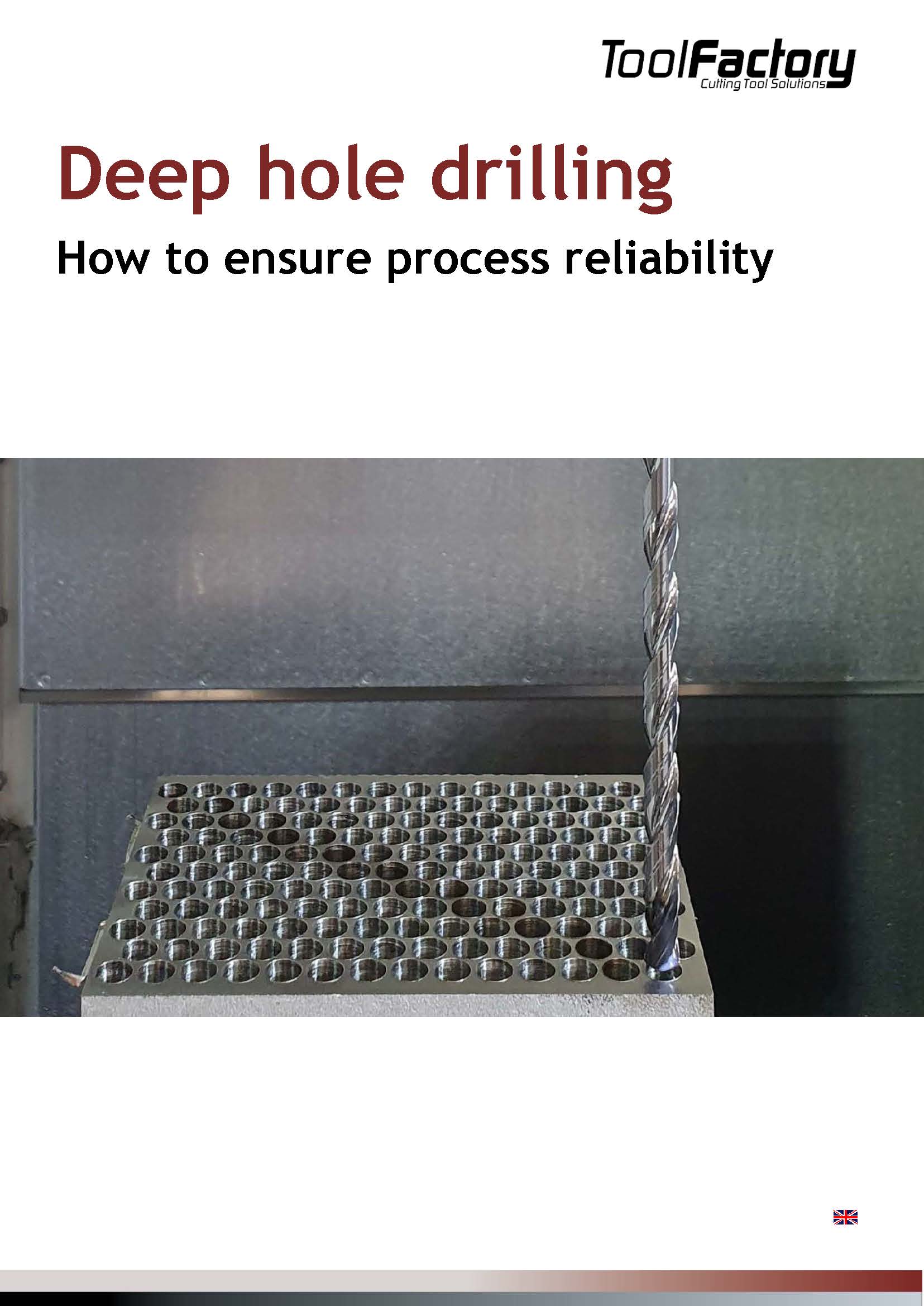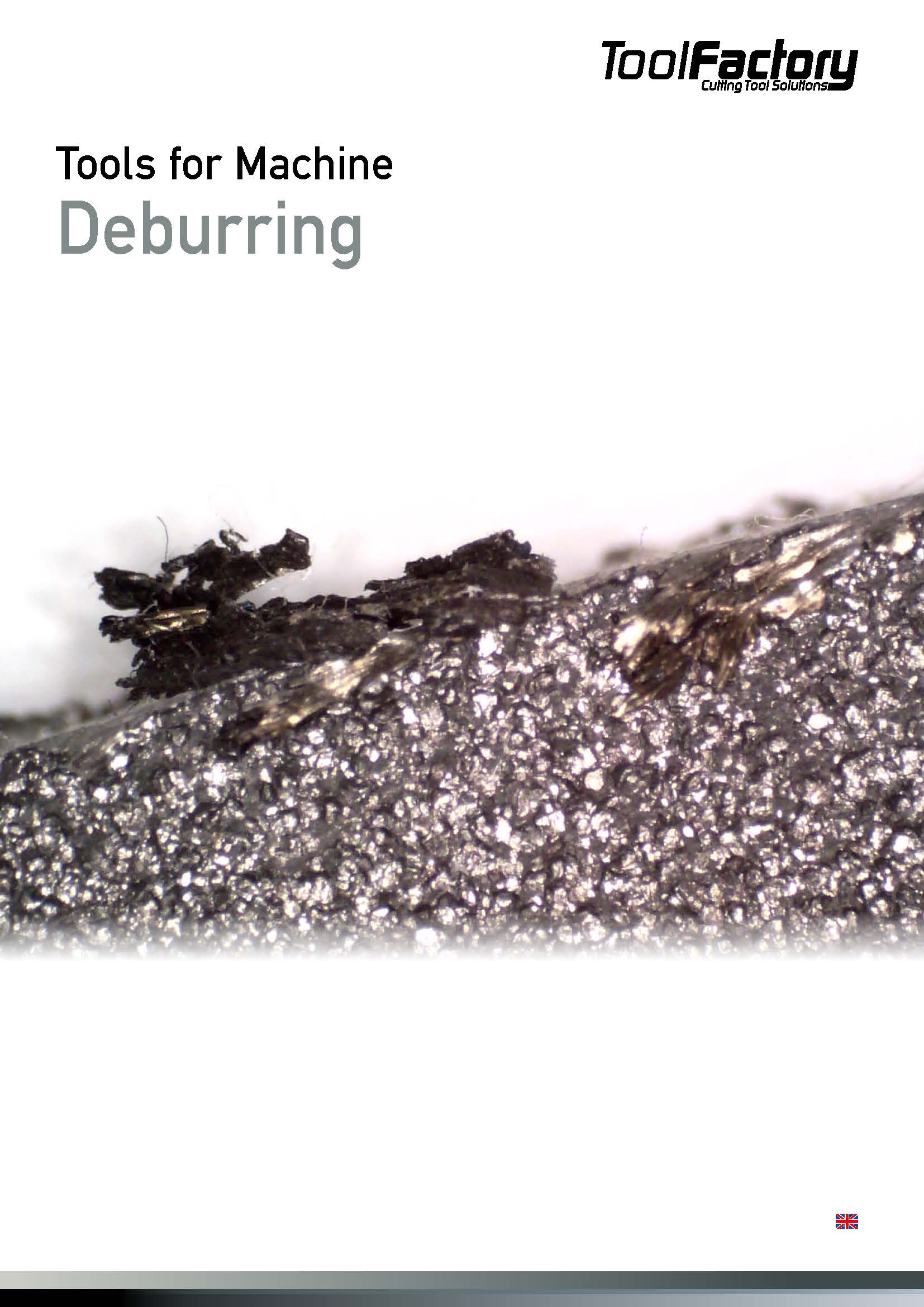Among all types of threading, tapping is still the most common process and usually it is also the last step in the manufacturing process. Thus, it is critical to perform this last step in a process-safe manner.
To meet the high demands and ever greater challenges for manufacturing companies in machining, it is necessary to develop precision tools that are suitable for universal application while delivering improved performance and longer tool life.
Keep reading here, how you can achievemore performance while tapping with our PM-Taps.
With growing complexity of applications and higher demands on workpiece machining, cutting processes need to be reengineered. For applications requiring uniform machining, high metal removal rates and large depths of cut, trochoidal milling has proven to be the best solution.
It enables large axial infeed depths and high feed rates with low tool and machine loads while reducing machining processes up to 0%!
Keep reading here, how you can reduce costs and optimise your processes with our trochoidal mills.Deep hole drilling: a breakage of the expensive drill can lead to enormous damage to the workpiece. Bores with a large diameter-length ratio are the biggest challenges in deep-hole drilling.
Here, the shape and position tolerances are particularly in focus. In addition, the required diameter and surface tolerances must be observed. Finally, optimum chip removal plays an important role in this process in order to ensure process-reliable drilling.
In this white paper, you will learn how to master this application in a process-safe and stable manner with the right tools and instructions.
Deburring: the art of surface finishing
Deburring plays a significant role in the production of precise and high-quality parts. A burr can lead to injuries during handling and impair the function of the machines or, in the worst case, lead to failure. Deburring therefore plays an important role.
In our latest white paper, we have compiled everything you need to know about deburring. Among other things, you will learn how burrs form and why deburring is important, what the shape and size of the burr depend on and which deburring tools can be used for machining processes. This white paper is rounded off with a section on manual deburring with burrs.
Immerse yourself in the world of deburring and find out how you can eliminate burrs, increase precision and improve the efficiency of your production processes.
We are always improving the quality of our tools and solutions. Since 2017 we are certified according to ISO 9001:2015 for development, distribution and logistics of precision tools.

 Deutsch
Deutsch
 English
English
